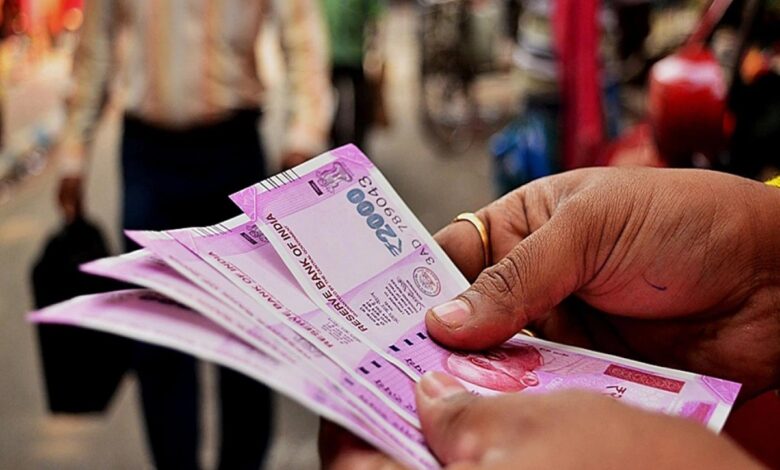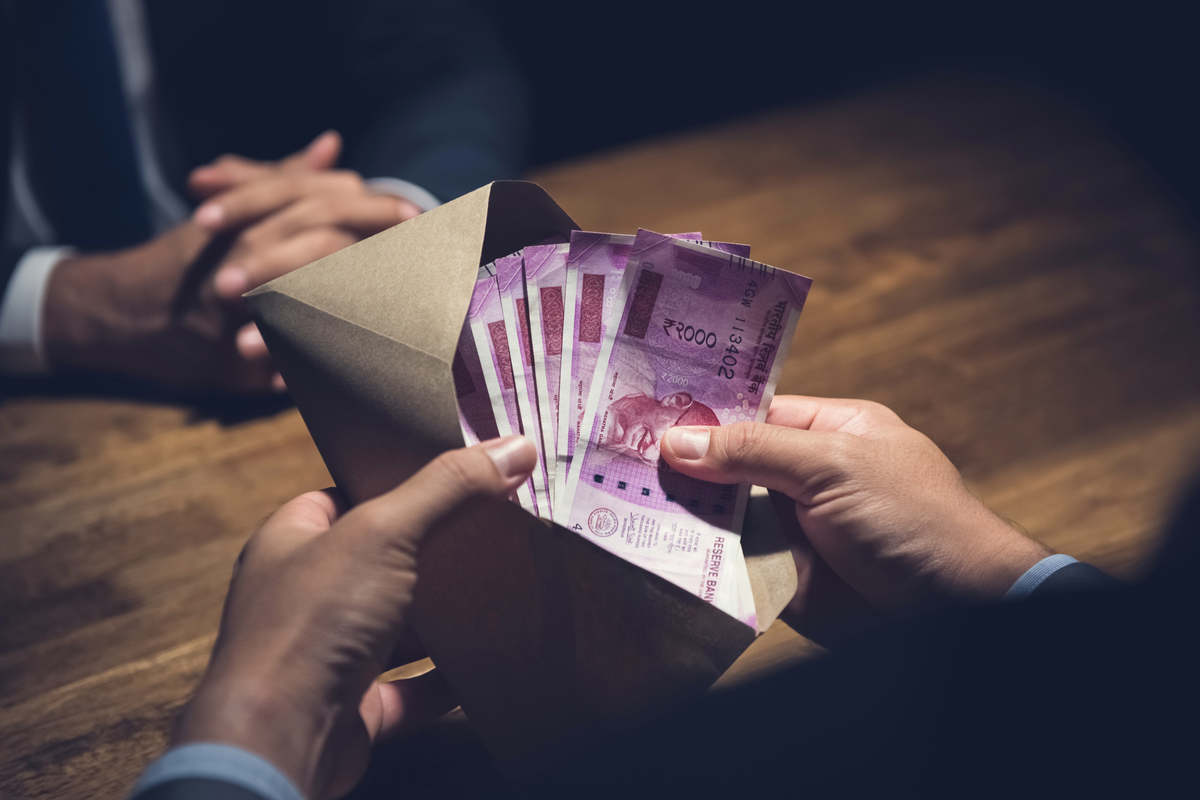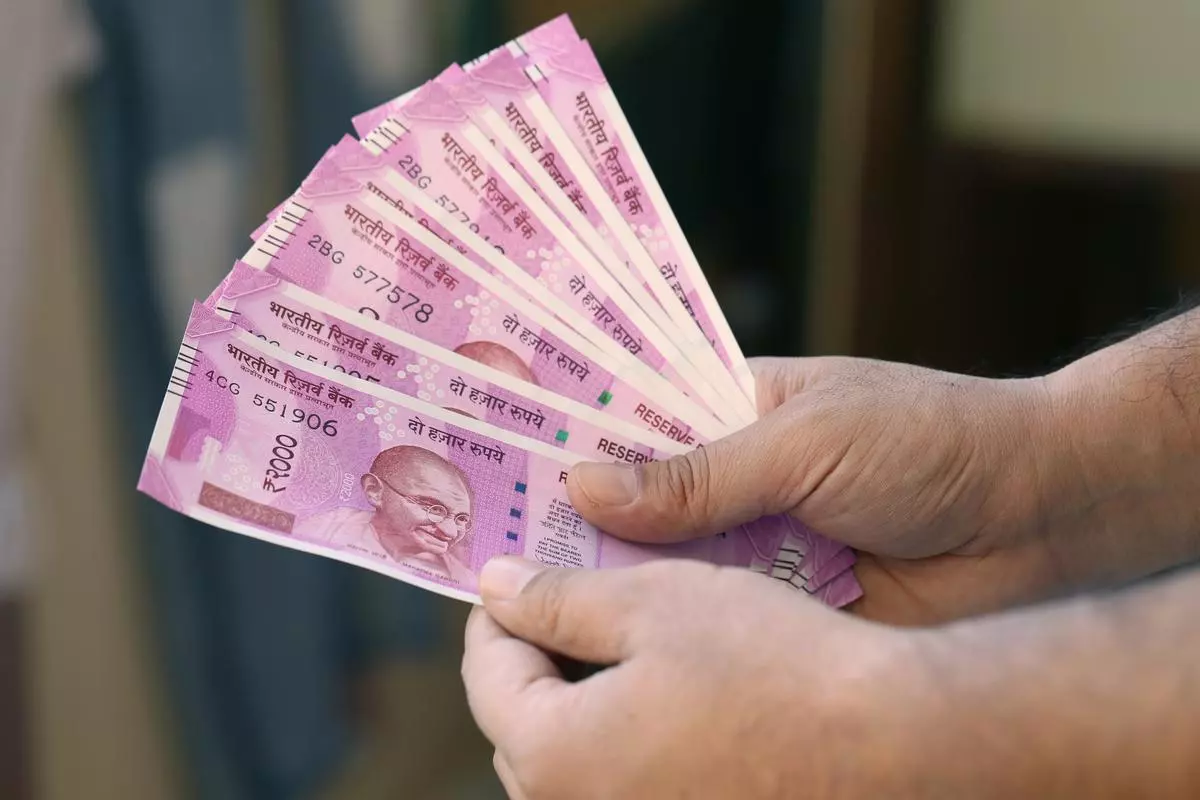Misra: Black Money Withdrawals Will Be Curbed
Deputy Governor R Gandhi of the Reserve Bank of India said that withdrawing Rs 2,000 banknotes would substantially impact curbing black money since people hoard high-value banknotes.

Misra: Black Money Withdrawals Will Be Curbed
Demonetisation of 2016 was Gandhi’s first time leading the currency department, and he believes any systemic impact on payments is unlikely since notes are rarely used presently for day-to-day costs. People may have to visit a bank branch multiple times to exchange Rs 2,000 notes with bills of other denominations due to the Rs 20,000 limit on a single exchange transaction.
This may cause operational inconvenience as many people will have to do multiple visits. In response to a question about whether withdrawing Rs 2,000 notes will help curb black money in the economy, Gandhi said it would lead to a ‘great extent, and reminded that demonetisation was also intended for this purpose.

To replace older currencies, the Reserve Bank of India (RBI) constantly reissues currency of a specific denomination. New Rs 2,000 notes can be exchanged or deposited in bank accounts by September 30. In addition, a legal tender will continue to be available for banknotes in the denomination of Rs 2,000.
Demonetisation 2016
By withdrawing Rs 2,000 notes, the prime minister will reinforce his determination to fight black money and tax evasion. Black money has always been viewed as a curse by the PM. Misra said he had demonstrated his faith with this measure. A review by RBI led it to withdraw the Rs 2,000 notes from circulation on May 19.
Although the banknotes will continue to be legal tender, the central bank stressed that they will remain in circulation. According to Misra, withdrawing the highest denomination of Indian currency is not the same as demonetisation. The Rs 2,000 currency note has a limited shelf life since it is high.

PM Modi had not wanted to issue it since demonetisation in 2016 but took the consensus into account. People now use Rs 100, Rs 500, not Rs 2,000 notes. This will reduce black money, and those with Rs 2,000 notes will not have to worry. He said you must exchange or deposit the funds into your account. PM Modi appointed Misra as the principal secretary in 2014.
In November 2016, the Centre cancelled the legal tender status of Rs 1,000 and Rs 500 (old series) notes. As a result, tax evaders and hoarders were using such high-value notes. The RBI and the government worked to remonetise the economy, withdrawing 86% of the banknotes in circulation.
A political storm ensued due to the decision and the plight of the people. The demonetisation of 2016 differs from the recall of Rs 2,000 notes in 2023. The former RBI deputy governor believes that withdrawing Rs 2,000 notes will substantially curb black money.

He is also a member of the currency department team that led during demonetisation 2016, just like Misra. The RBI has said in its press release that the notes are not used in day-to-day payments, so any systemic impact on payments is unlikely.
A Temporary Measure
As a result, the two thousand rupee note was only a little popular on the market. Since the 2016 demonetisation invalidated 500-rupee and 1,000-rupee notes, the 2000-rupee notes have always been viewed as temporary. A few weeks after demonetisation had recently occurred, S Gurumurthy, who later became a director of RBI, indicated that the 2000-rupee note would bridge the cash flow gap.
Approximately four to five years have passed since most notes were issued before March 2017. The printing of 2,000-rupee notes ceased in 2018-19, indicating this denomination’s decline after the new 500-rupee notes became available. After several banks began recalibrating their ATMs to accommodate more 500-rupee notes in 2020, speculation about the future of the 2,000-rupee note arose.

As per the RBI report for 2021-22, 100 rupee notes continue to be the most popular denomination. While the report showed that 500-rupee notes constitute nearly 35 per cent of the total cash volume, the report also said they are the most commonly used currency.
There is no doubt that Rs 2,000 notes are not the preferred method of payment for everyday transactions. The 2,000-rupee note is not used for daily grocery shopping since its denomination needs to be lowered. In 2022, 214 crores of 2,000-rupee notes were circulating, down from 273 crores in 2020.
The cash in circulation represents less than 2 per cent of the total. As evidence grows, the 2,000-rupee note is also used to store ‘black money’, defined as unaccounted income in India. The RBI’s latest move has been tied to anti-corruption efforts. Additionally, the RBI reports that counterfeit notes of 2,000 rupees increased by 54 per cent between 2021 and 2022.
Proofread & Published By Naveenika Chauhan




